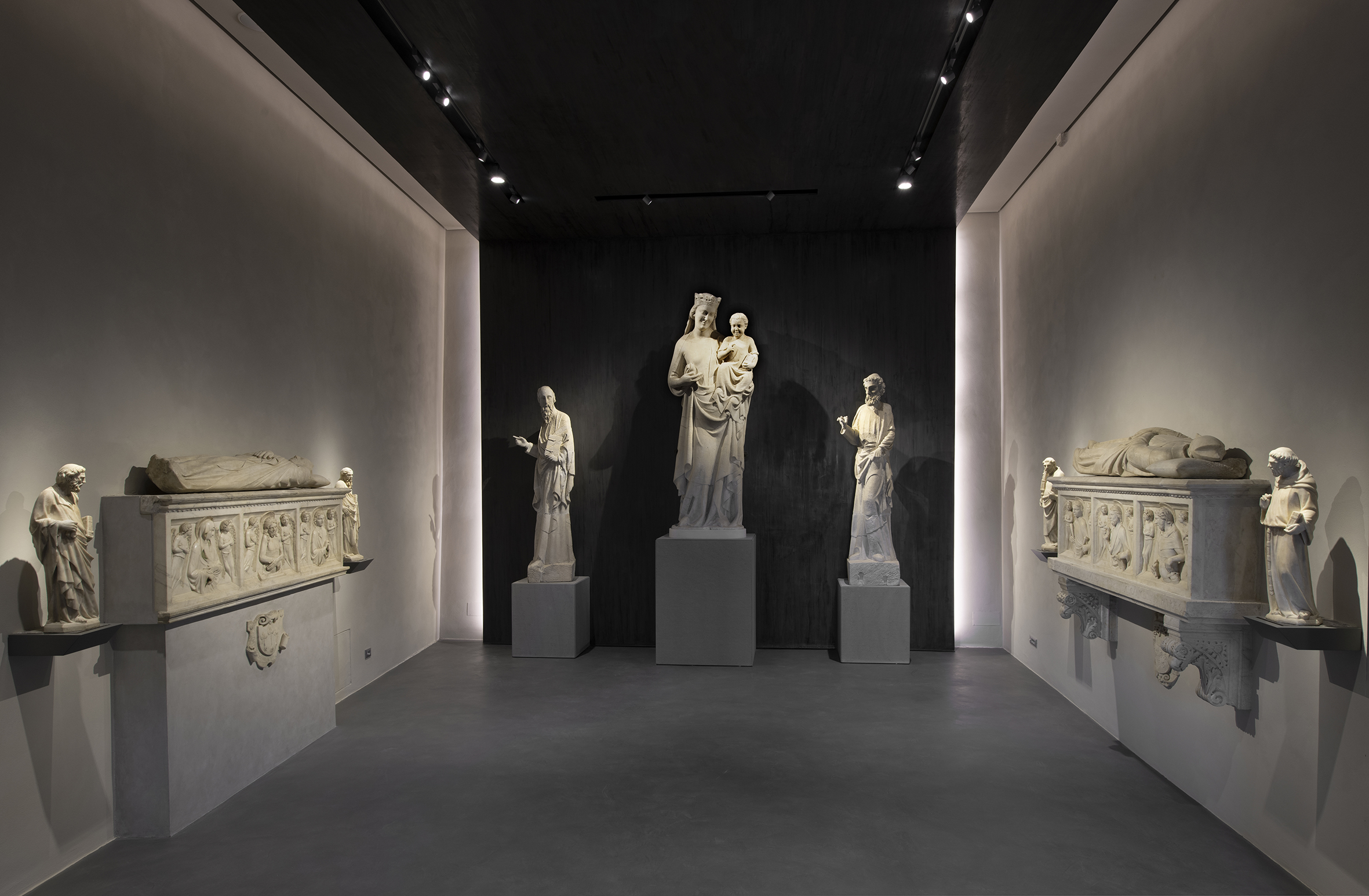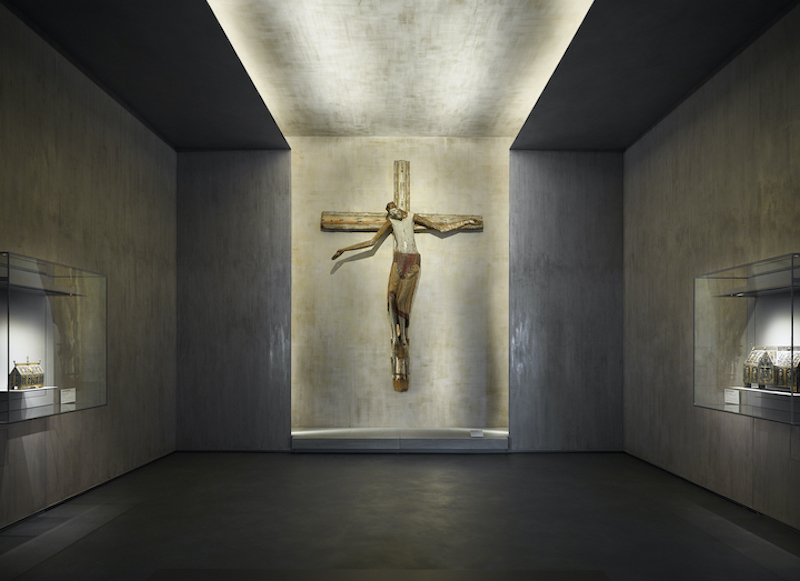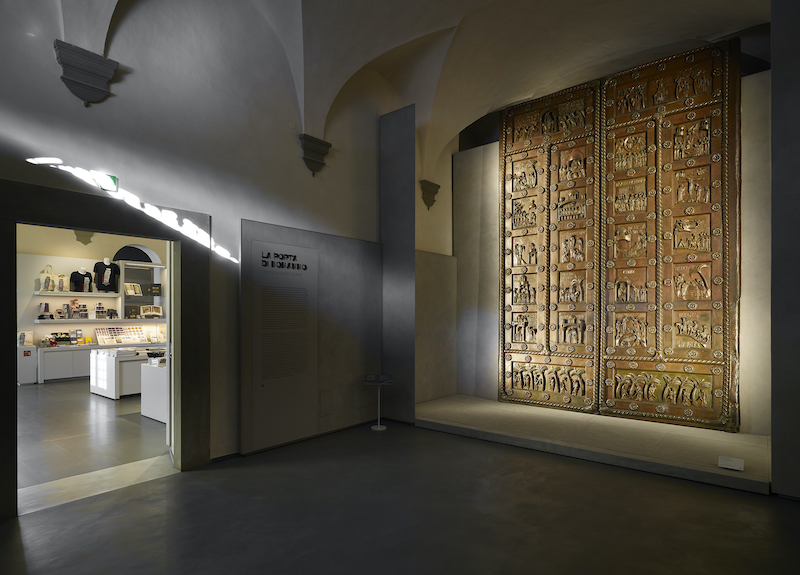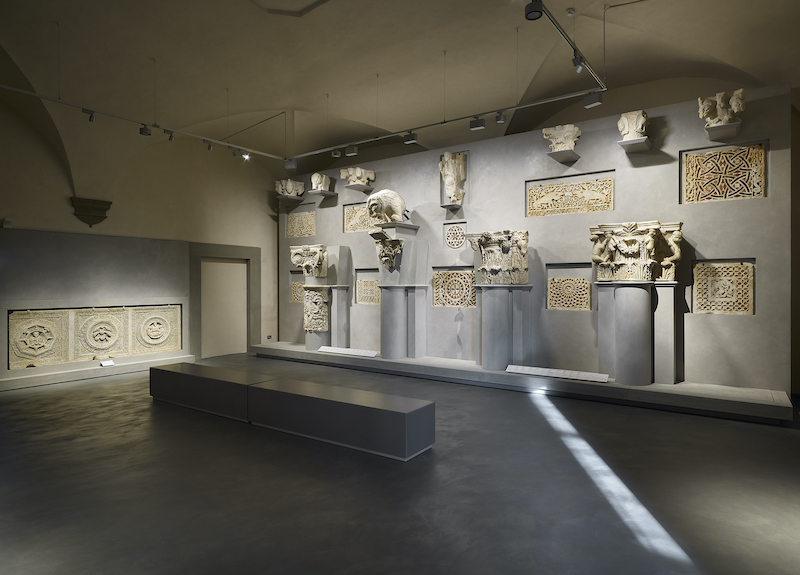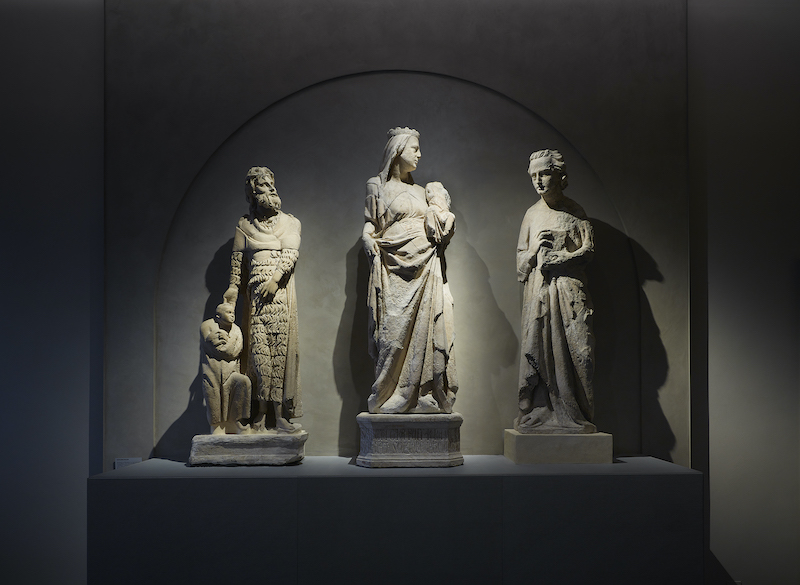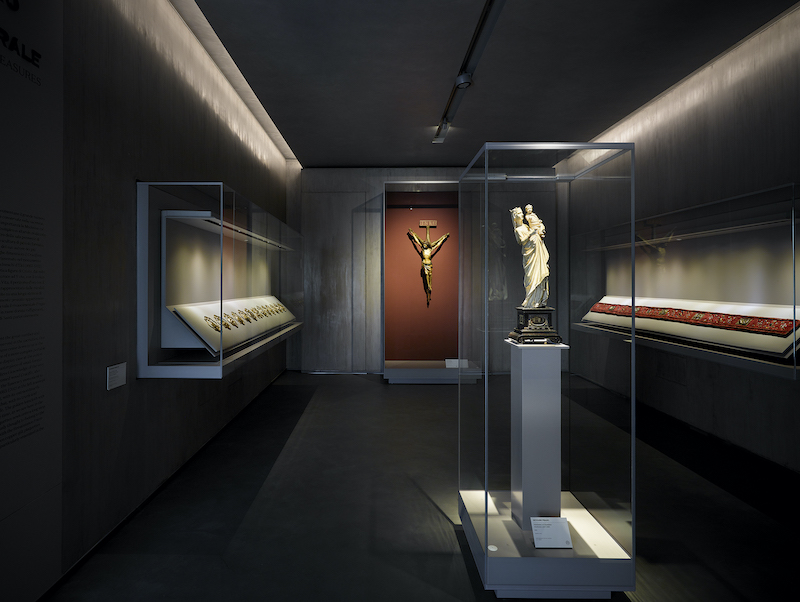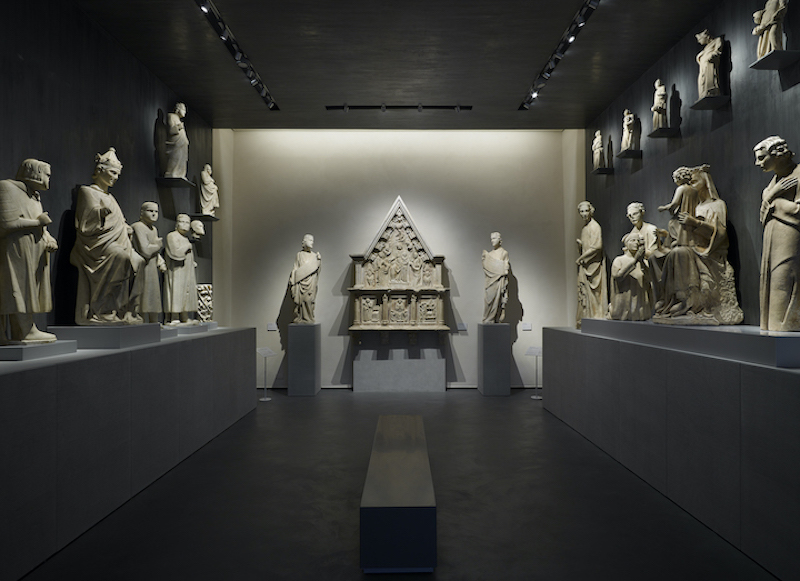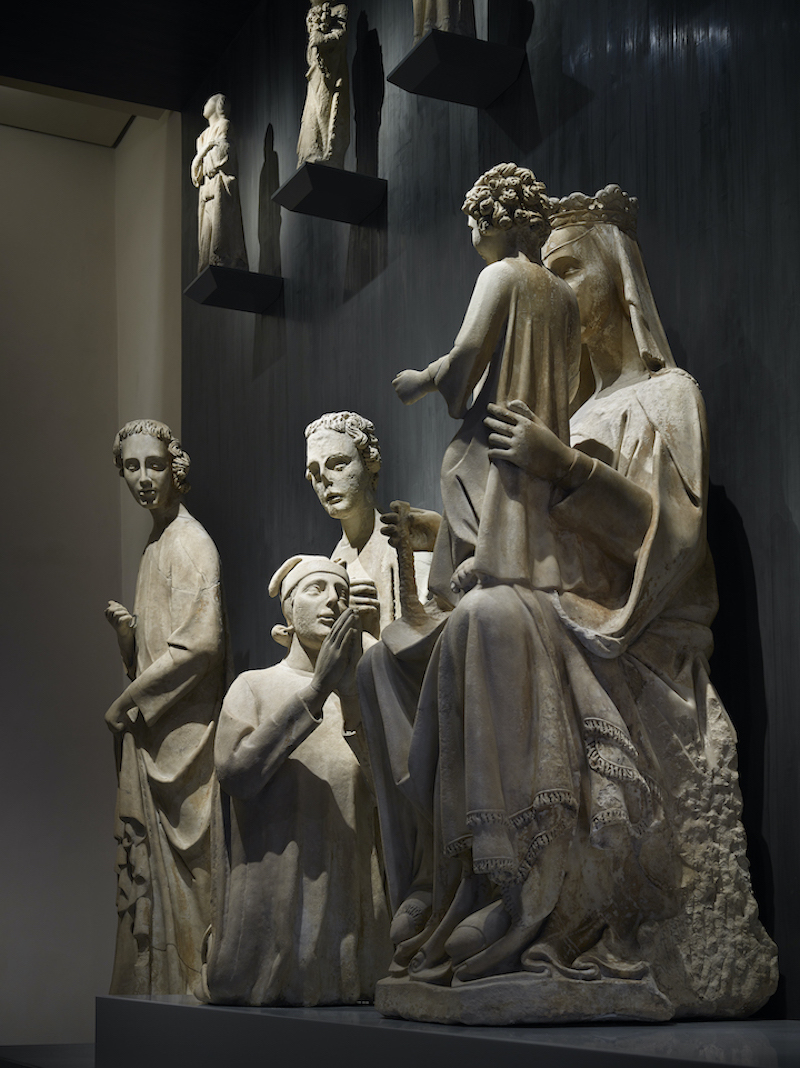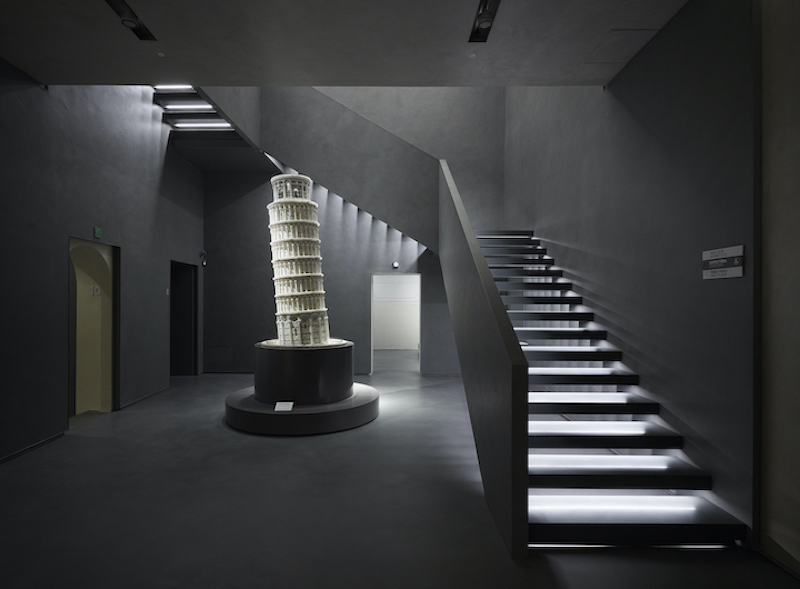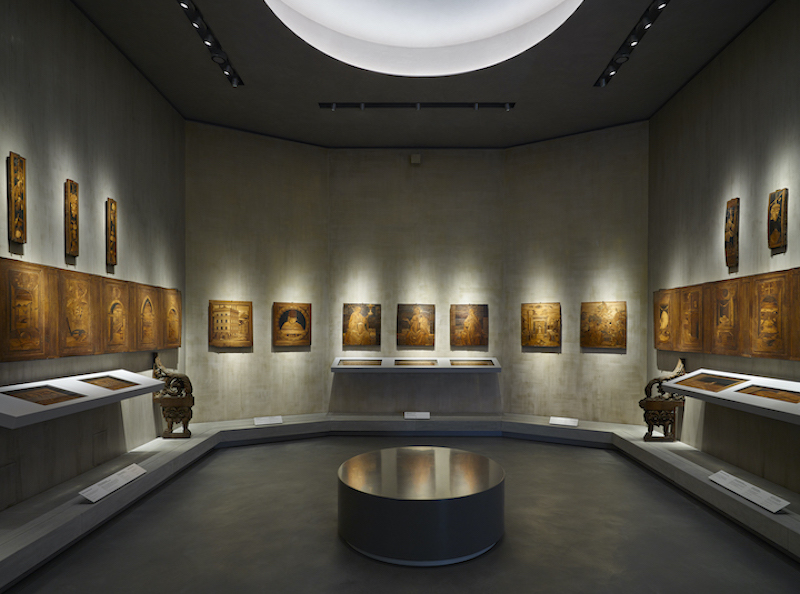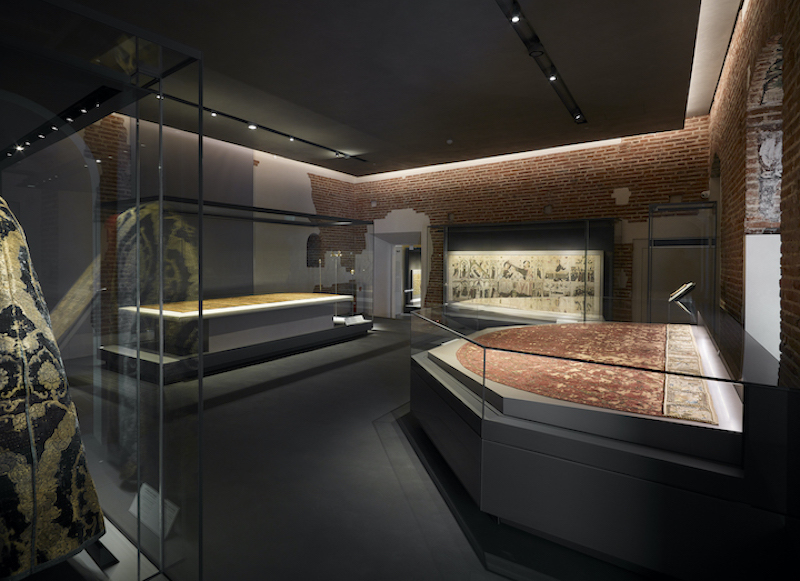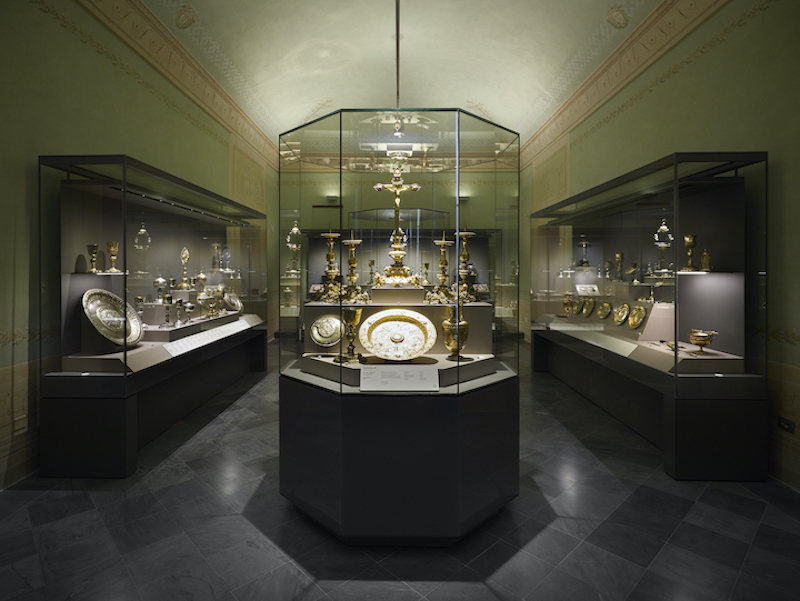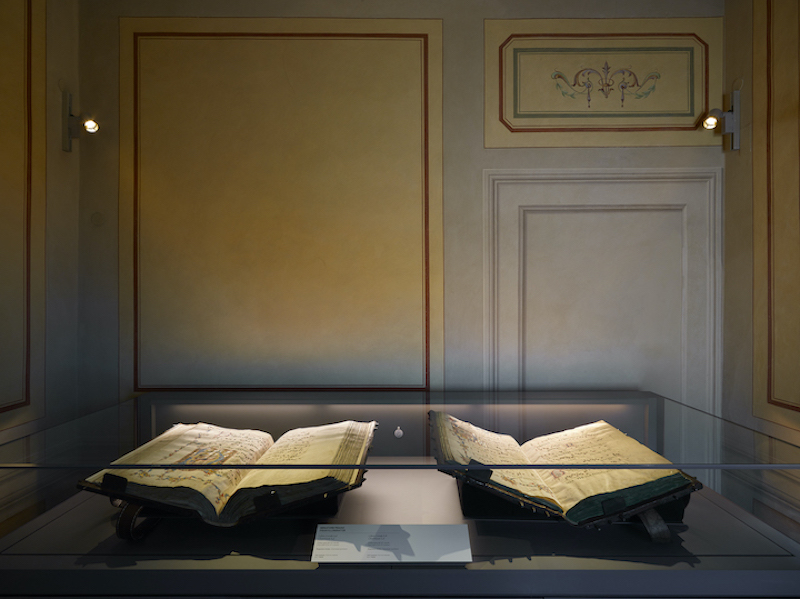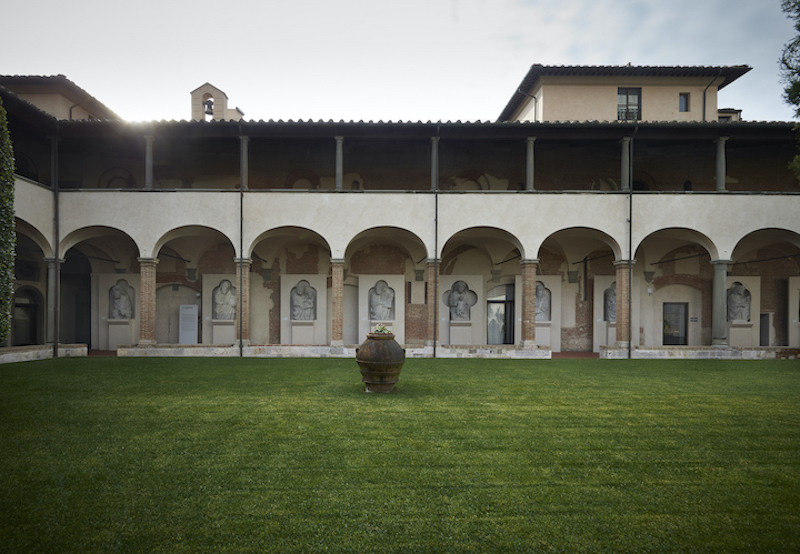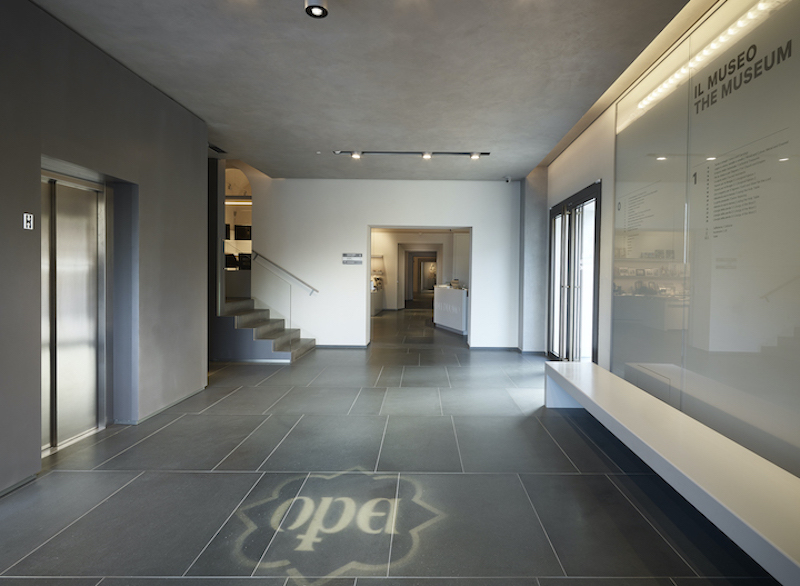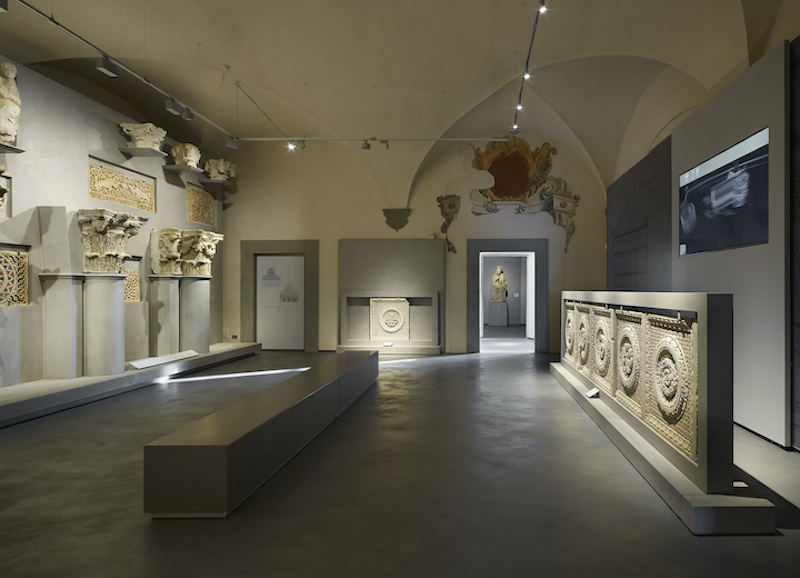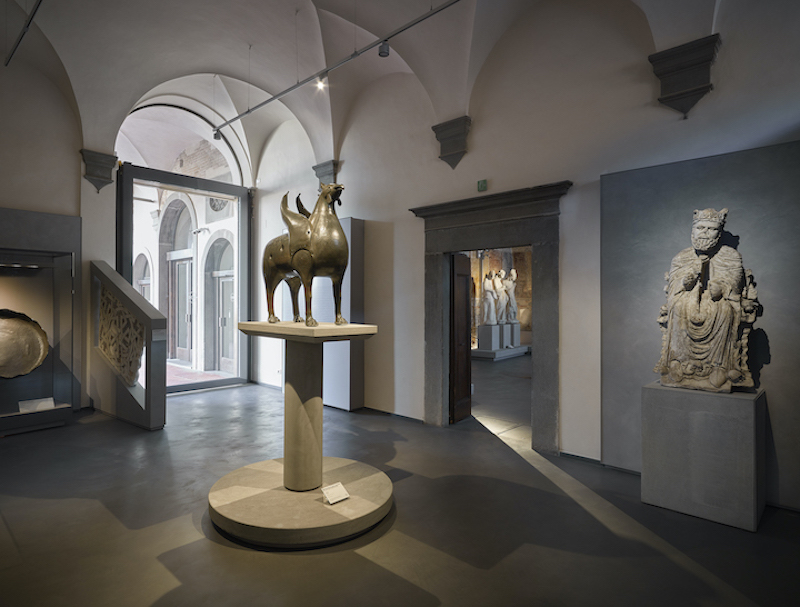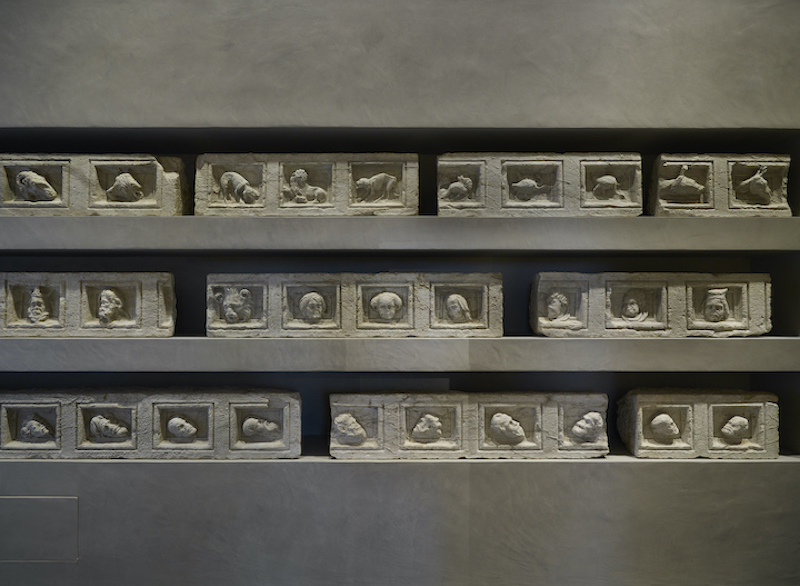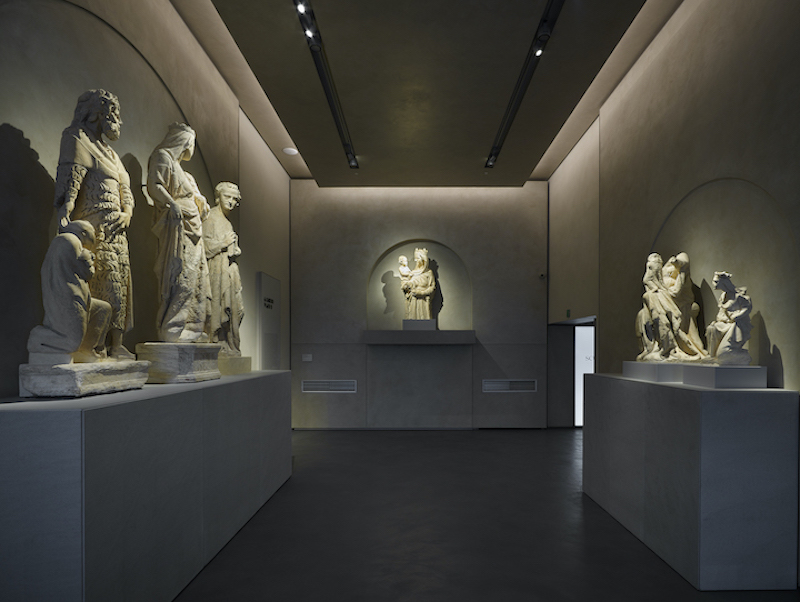In 1979 the Sisters Cappuccine, owners of an ancient building in the Piazza del Duomo in Pisa, decided to abandon their convent to retreat to a more suitable location. The Board of the Opera della Primaziale Pisana saw then the opportunity to fill that lack of space that the development of the Fabbriceria had long needed, to give suitable accommodation to works of art of exceptional value and to collections that were then in temporary storage
In 1986, the Opera del Duomo museum was opened in Pisa under the scientific guidance of a Commission chaired by Prof. Guglielmo De Angelis d’Ossat under the Presidency of the Opera della Primaziale by Prof. Giuseppe Toniolo.
After more than thirty years the current Board of the Opera of the Primaziale Pisana has decided to rearrange the museum with a new itinerary entrusted to scholars and restorers led by Prof. Marco Collareta and an evocative design created by the architects Adolfo Natalini and Magni & Guicciardini, coordinated by the Works Management of Ing. Giuseppe Bentivoglio.
It was a necessary re-fitting partly because all the lighting and control systems were obsolete, but above all because the choice of a new and contemporary philosophy of presentation of the works that in the previous set-up were exhibited with a minimum layout, has meant that today they are inserted within a spectacular setting.
The Opera della Primaziale Pisana considered that the previous lay out, despite its correct exposition, was aimed at an understanding more suited to scholars and art lovers, while the current design, through specific settings, presents an easier reading. The arrangement of the works is now not only chronological but arranged, at least on the ground floor dedicated to the great Pisan sculpture, according to the monument to which the works belong. It starts from the Cathedral and ends with the Bell Tower, all with a didactic apparatus and with multimedia stations created by the TeCIP Institute of the Scuola Sant’Anna of Pisa, directed by prof. Massimo Bergamasco.
The itinerary is through 26 rooms and 380 works including new works restored such as the Triptych of the Madonna enthroned with saints, tempera and gold on panel by Spinello Aretino, and the crown, the scepter, the globe and very refined drapery of the Emperor Henry VII, all recovered during the recognition of his tomb carried out in 2014.
At the end of this itinerary we find the wonderful cloister that overlooks the Bell Tower and on the ground floor the statues depicting the Madonna with Child, the Evangelists and the Prophets sculpted by Giovanni Pisano for the Baptistery, inserted in a new layout whose goal is to re-evoke the suggestion offered by the triforas of the monument where the copies are now kept.
The museum, as is now common for many great conservative spaces in the world, has in the upper part of the cloister a cafeteria overlooking the Piazza, a modern bookshop set up in the hall at the entrance, and a new Auditorium equipped with a cutting edge audiovisual and lighting systems.

